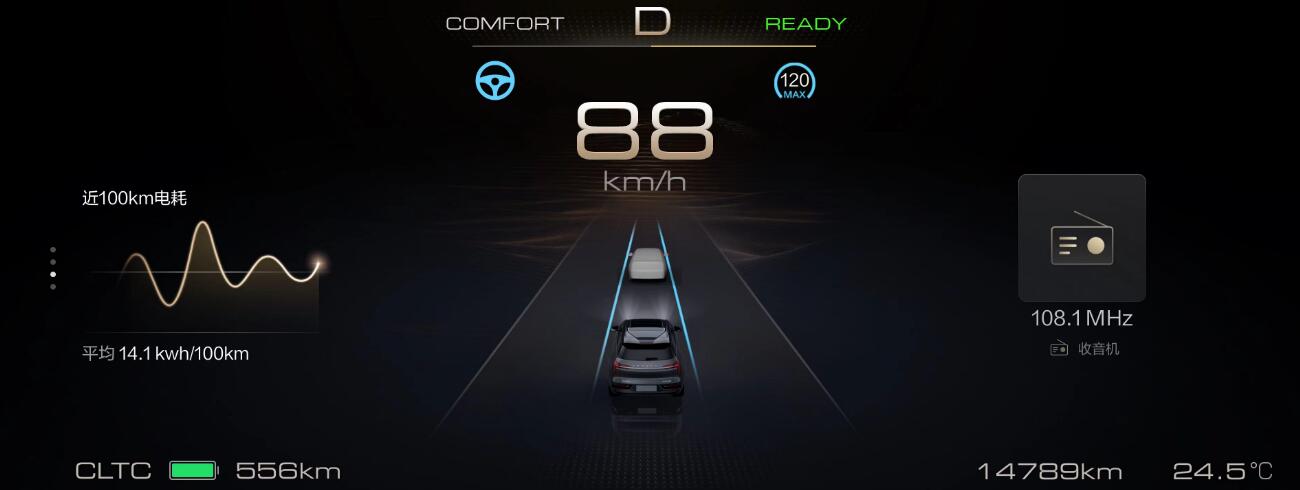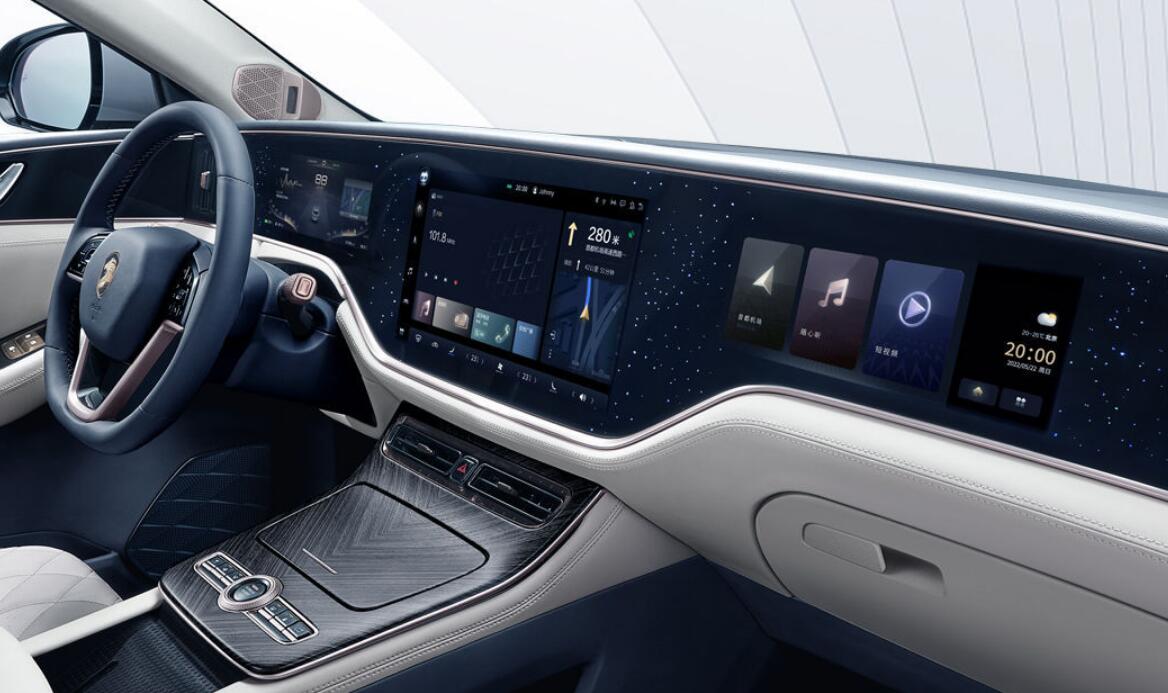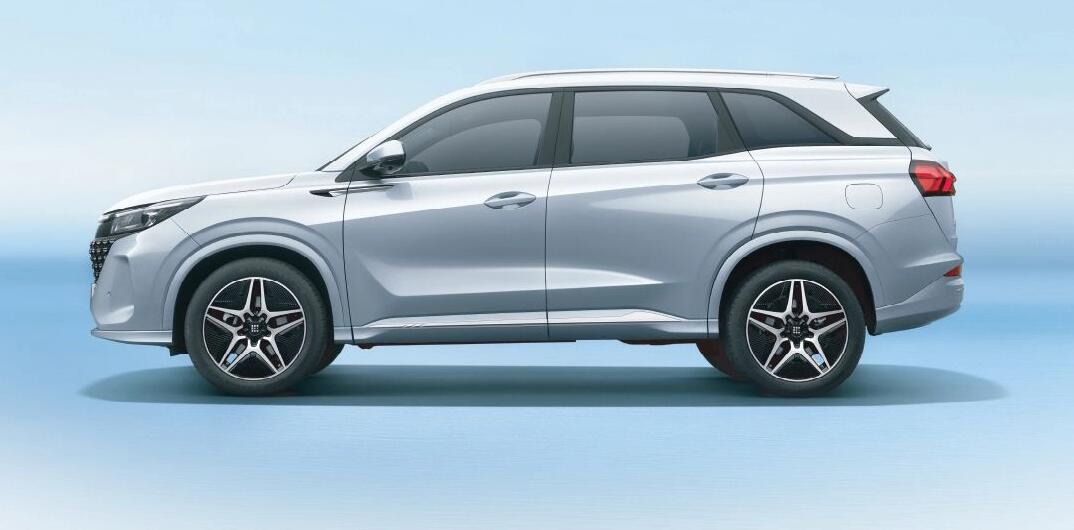Price wars have now become the consensus among investors, setting a relatively low bar for EV makers to beat.

(Image credit: CnEVPost)
Low consumer sentiment in the wake of the Covid wave has led to weak auto sales in China, though the situation is expected to see relief in the second quarter, and the launch of new models and lower lithium carbonate prices are also encouraging, according to Deutsche Bank.
The underlying cause of sluggish auto sales in China can be mostly attributed to consumer sentiment. After a quick Covid reopening, consumers prioritized spending on services but reduced purchases of durable goods, Deutsche Bank analyst Edison Yu's team said in a research note sent to investors today.
In the first two months of the year, China saw a 12 percent year-on-year increase in the dining and lodging sector, and spending on food, clothing, jewelry and even furniture also increased, the team said, adding that the only exceptions were cars and smartphones, with the former falling 13 percent year-on-year.
In addition, as automakers cut prices, consumers felt more compelled to wait for better deals, the team said.
Price wars are now the consensus among investors, which has set a relatively low bar for electric vehicle (EV) makers to beat, the team said.
"In particular, NIO and XPEV will see a clear sales/margin trough in 1Q followed by a large upswing from new model launches and lower lithium carbonate prices (4-6% points gross margin tailwind)," the team wrote.
Looking ahead, Deutsche Bank's China macro team believes consumer spending on durable goods should normalize in the second half of this year.
The job market is expected to improve due to a strong recovery in the service sector, and the real estate market is also on track to recover, benefiting from substantial excess household savings and favorable lending policies, according to the note.
These could lead to an increase in consumer confidence, which in turn could lead to a recovery in spending on cars and other consumer durables.
While the price war initially focused on EVs, traditional internal combustion engine automakers have also begun offering big promotions to clear their inventories, especially for vehicles that do not meet China's new emissions standards.
As a sign of the height of the price war, there were reportedly Toyota dealers offering a free gasoline car with the purchase of its bZ4x EV, which has been suffering from sluggish demand. Volkswagen has also cut prices on internal combustion engine and EV models in its lineup, the team noted.
This has led to an even more challenging pricing environment that should last at least through the end of April, Yu's team said.
"Ultimately, we expect weaker players to get squeezed out of the market (e.g., Enovate, Leap Motor, WM) and more stable pricing to emerge," the team wrote.
For the second quarter, the team continues to see industry volume growth and has raised its NEV retail sales forecast from 1.65 million to 1.75 million, implying a 32 percent quarter-on-quarter increase, a 49 percent year-on-year increase, and a 35 percent penetration rate.
Here's the team's take on the performance of the major EV makers that have already announced March deliveries.
March OEM recap
Li Auto delivered 20,823 vehicles (+25% MoM, +89% YoY), below our forecast. However, this still translated to nearly 20% market share of the 300-500k RMB premium SUV market in China. The new L7 five-seat SUV began deliveries in March and will see volume grow sequentially.
The company exited the month with 299 retail stores and 318 servicing centers.
NIO delivered 10,378 units (-15% MoM, +4% YoY), below our forecast. De-stocking of older 866 gen-1 models seems to be nearing an end.
Additionally, a face-lift is coming for the ET7 which is likely suppressing demand for that model. NIO exited the month with 1,339 battery swap stations and 1,285 fast charging stations.
XPeng delivered 7,002 units (+17% MoM; -55% YoY), below our expectations. P7 did sell 3,030 units though, representing a 32% sequential improvement. The P7i face-lift should help volume in 2Q as management expressed confidence in the initial order book.
XPeng also began the rollout of the first part of its XNGP high level ADAS platform in Guangzhou, Shenzhen, and Shanghai, enabling city pilot capabilities for its newest models.
Initially, the systems will still use HD mapping but this will be phased out in 2H23 allowing the full capabilities of XNGP to work in greater number of cities.
The company believes its software perception running on XNET deep neural network training will allow it to reduce reliance on HD mapping which only a few large cities have available.
Zeekr delivered 6,663 vehicles (+22% MoM; +271% YoY).
NIO delivers 10,378 vehicles in Mar, down 14.6% from Feb
The post China auto sales sluggish on consumer sentiment, improvement expected in Q2, says Deutsche Bank appeared first on CnEVPost.
For more articles, please visit CnEVPost.


























